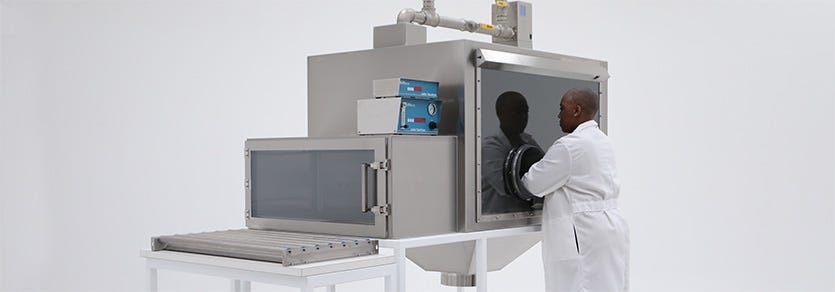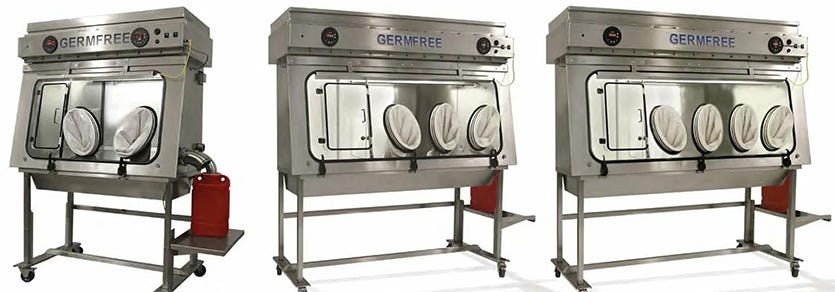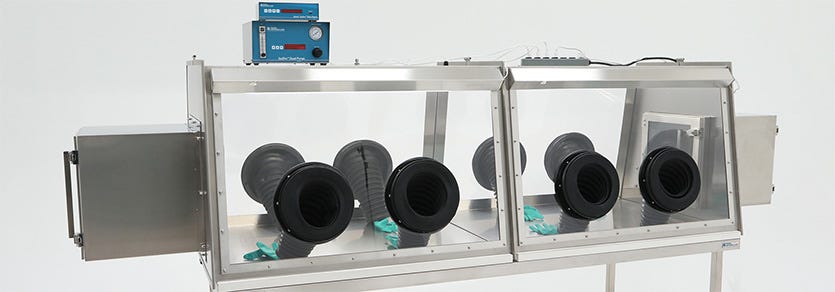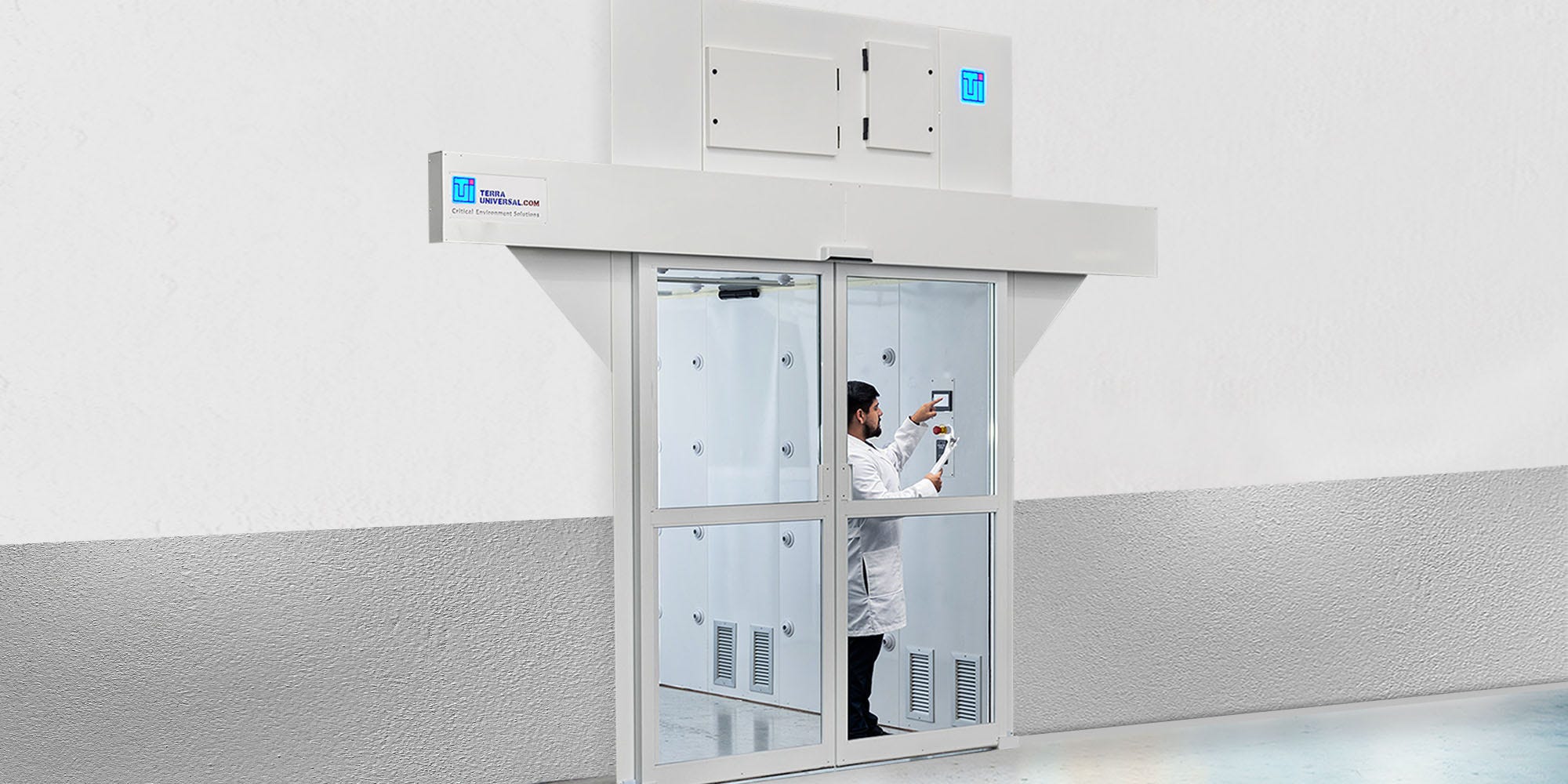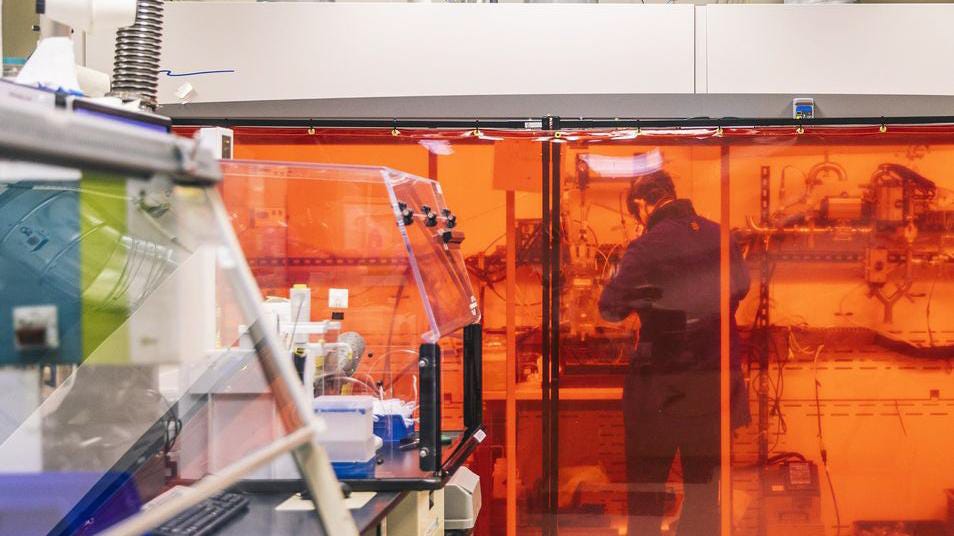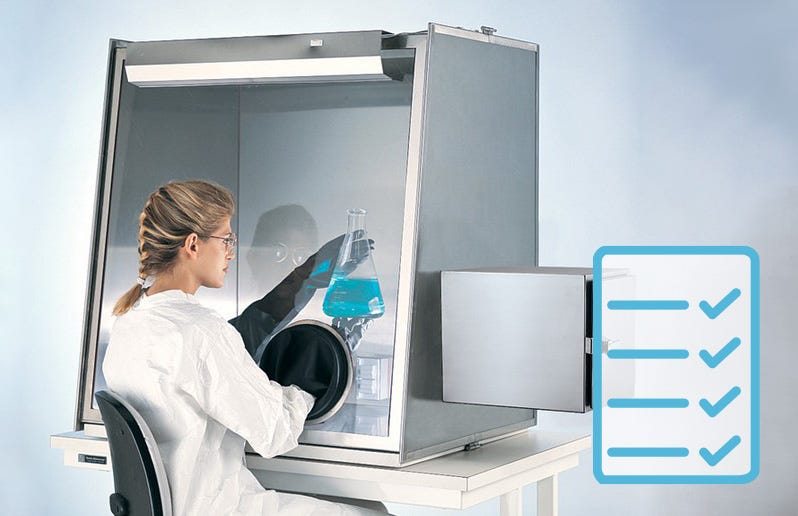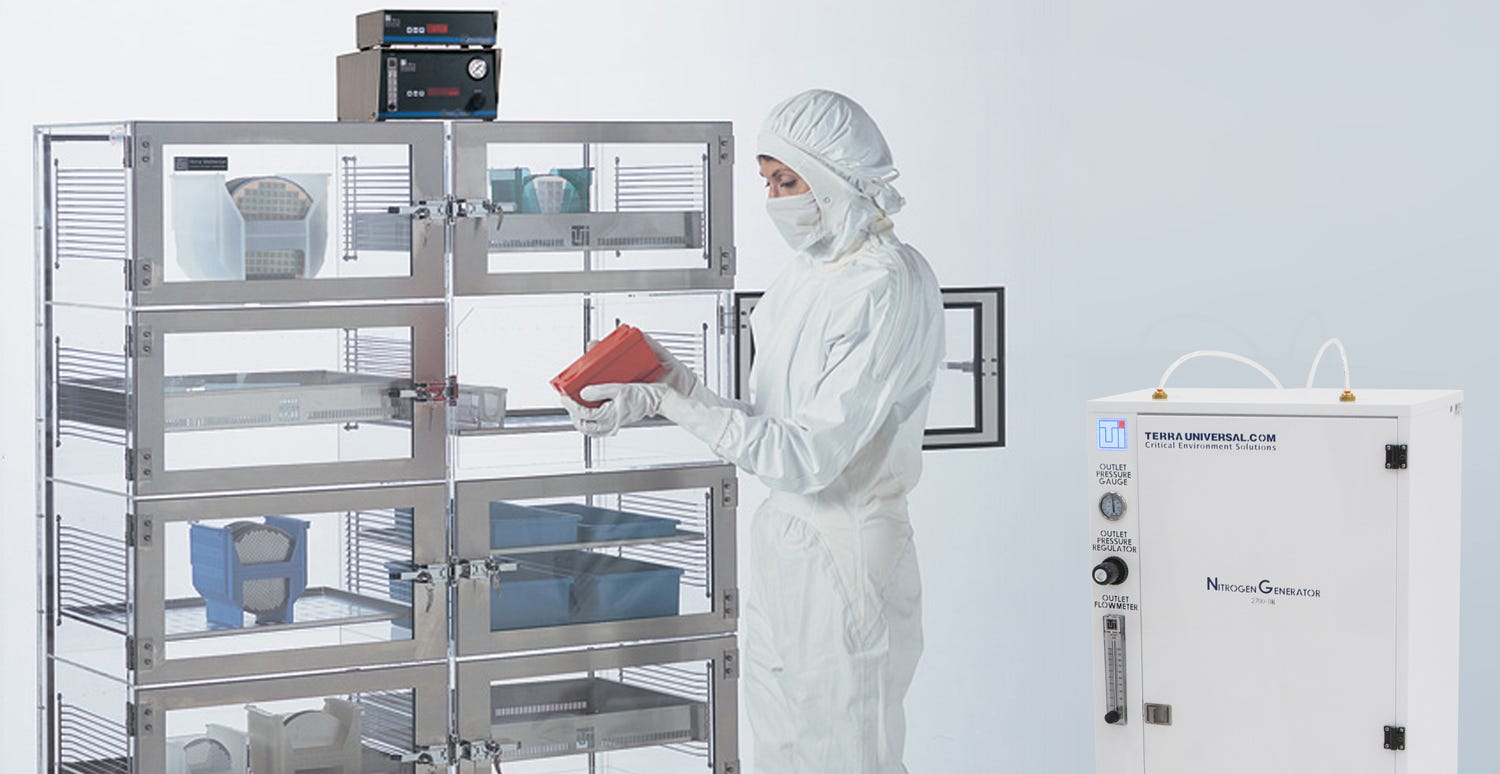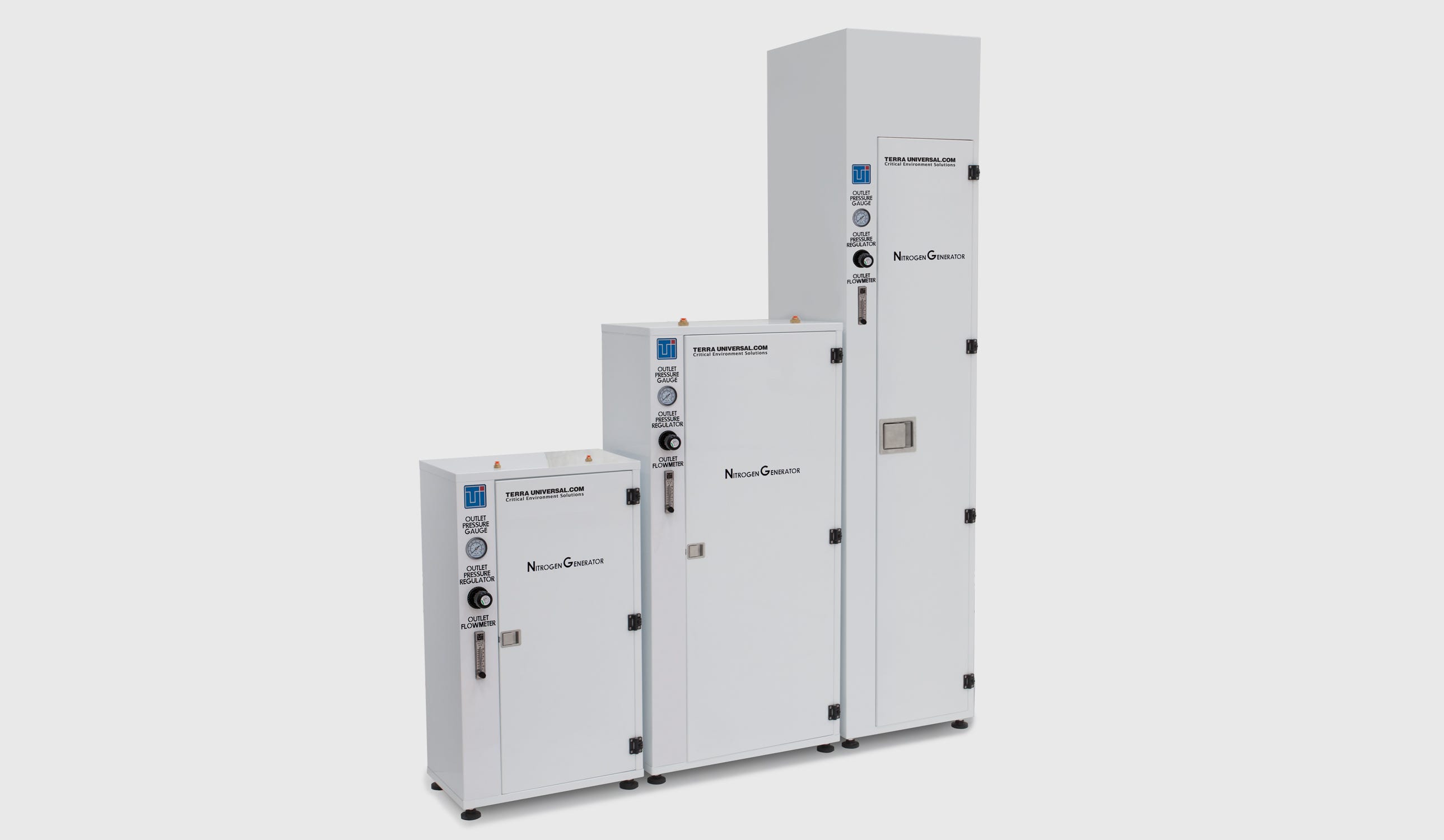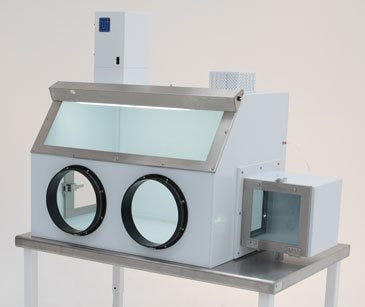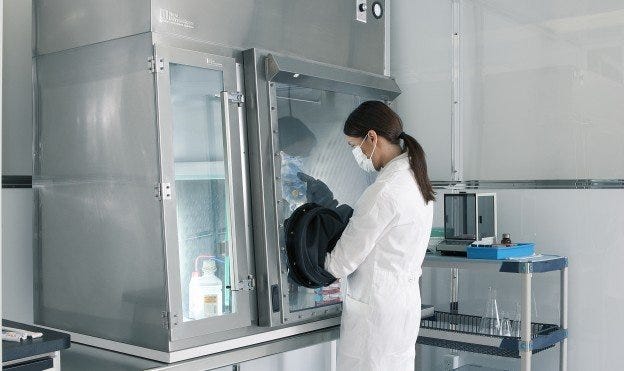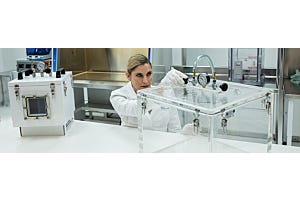- +1 (714) 578-6100
Hours Mon - Fri, 07:00 AM - 06:00 PM (Pacific Time)
Glove Boxes
-
Posted: June 06, 2024Categories: Glove BoxesRead more »
Product complexity makes the process of arriving at a purchase decision more difficult. In consideration, you'll find dozens of specialty glovebox systems at Terra Universal that are built and explicitly designated for general use, as well as those intended for high-risk applications and specialty uses.
Terra is a leading manufacturer of glovebox systems and solutions for labs, cleanrooms, and research environments. As such, we offer a broad array of prebuilt and custom-manufactured glovebox systems, as well as authorized products from leading brands like Labconco, Shel Lab, and GermFree. When browsing online, you'll find several specific types and styles of glovebox categories
-
Posted: June 05, 2024Categories: Glove BoxesRead more »
Gloveboxes are commonly utilized in cleanrooms and laboratories for the manufacturing and testing of pharmaceuticals, live biologics, chemicals, and microelectronics. Terra offers an industry-leading selection of glovebox systems, accessories, and add-ons online, including containment isolators and specialty gloveboxes for radiopharmaceuticals, precision climate control, or hazardous substances.
-
Posted: June 04, 2024Categories: Glove BoxesRead more »
When purchasing a glovebox isolator, it can be challenging to determine which system is the most appropriate for your use case and application. Let's unpack the major distinctions between types of glovebox systems and glovebox isolators. Additionally, we'll evaluate requirements and stipulations for various applications such as biohazard containment gloveboxes, aseptic compounding isolators (CAIs), aseptic containment isolators (CAICs), negative pressure gloveboxes, and related systems such as Biological Safety Cabinets.
-
Posted: October 26, 2023Read more »As the global automotive market steers steadily towards electrification, the Electric Vehicle (EV) battery industry is expected to reach 18 million new shipments in 2024. Market data underscores a consistent growth in shipments across all vehicle categories, with cars constituting the bulk of the shipments each year.
-
Posted: July 06, 2022Read more »
A Lithium-Ion battery consists of a cathode, anode, current collectors, and a porous separator that prevents shorting of the anode and cathode. As the Li-ion cell discharges energy, there is a significant increase in both temperature and the pressure exerted by the reaction. These two factors have the potential to result in a runaway chemical reaction, and ultimately an explosion. Thus, calorimeters must measure both temperature and pressure changes that occur to identify anomalies and prevent dangerous situations.
-
Posted: February 26, 2021Read more »
Use this glovebox features comparison chart to help choose the best glovebox system for your application and budget.
-
Posted: February 18, 2021Read more »
Inert nitrogen gas is commonly used in laboratories to control the atmosphere for highly sensitive equipment and procedures. The best way to maintain the environment in a desiccator cabinet, glove box, or similar enclosure, is to automatically purge the environment with nitrogen or argon gas. Because these processes happen automatically based on humidity set-points, smart controllers and sensors allow for more trackable, traceable, and efficient results.
-
Posted: February 05, 2020Read more »
Forget about renting nitrogen tanks — laboratory applications aren’t on the same level as buying helium for a kid’s birthday balloons. Critical operations can’t wait for resupply. What happens when production stops because the gas supply has depleted, or when valuable experiments or products are ruined because of moisture exposure? As far as the old-fashioned nitrogen delivery via tank and truck, why wait to have crucial laboratory supplies left on the cleanroom stoop like old milk bottles? How much time should personnel have to spend refilling each tank? And where in the space-starved facility should the bulky supplies wait for use?
-
Posted: March 01, 2019Categories: Glove BoxesRead more »
Additive manufacturing (AM), commonly called 3D printing, isn’t just for rocket scientists anymore. Its use has increased exponentially as companies and researchers discover useful applications and innovative methods. Availability of equipment and supplies for performing three-dimensional printing is becoming almost commonplace; it’s just a matter of time before retailers start to offer 3D printing services, or a few mavericks begin to do it in their homes (broken coffee cup? No problem; I’ll just make another one!).
History
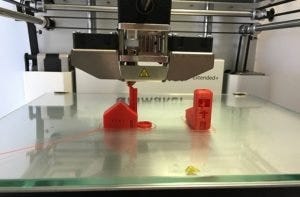
Back in the late 1980s, single-production industrial prototyping was going from drawing board to reality. The first patent was issued in 1986 for the stereolithography apparatus (SLA), with the first
-
Posted: December 23, 2015Categories: Glove BoxesRead more »
Prominently featured in the pharmaceutical manufacturing industry, a barrier isolator creates an aseptic environment for compounding parenteral (injectable), ophthalmic, and inhaled medications. Due to the significant risk posed by microbiological contamination, the critical area where the compounding takes place requires protection beyond that of a typical laboratory glovebox.
Since the first publication of USP’s General Chapter <797> Pharmaceutical Compounding—Sterile Preparations, compounding aseptic isolators (CAI) have offered the most economical alternative to constructing a dedicated cleanroom for sterile compounding. However, pharmaceutical compounding standards have undergone a major overhaul in recent years, including a developing revision of USP 797.
Below are the answers to three common questions regarding the future of isolators in compounding



